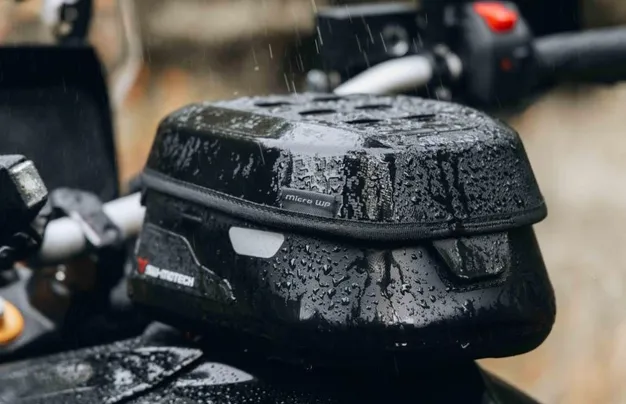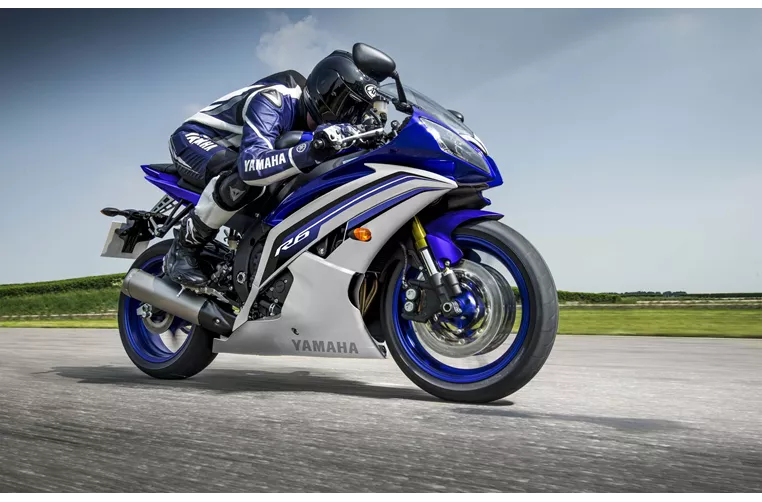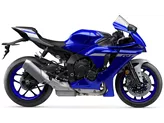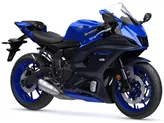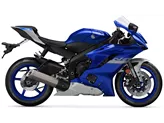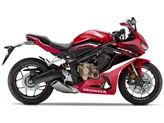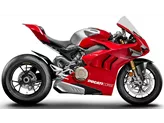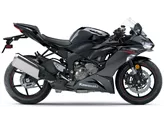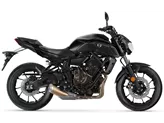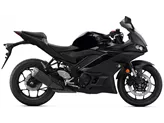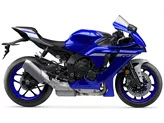Yamaha YZF-R6 2017 vs. Yamaha R1 2010

Yamaha YZF-R6 2017
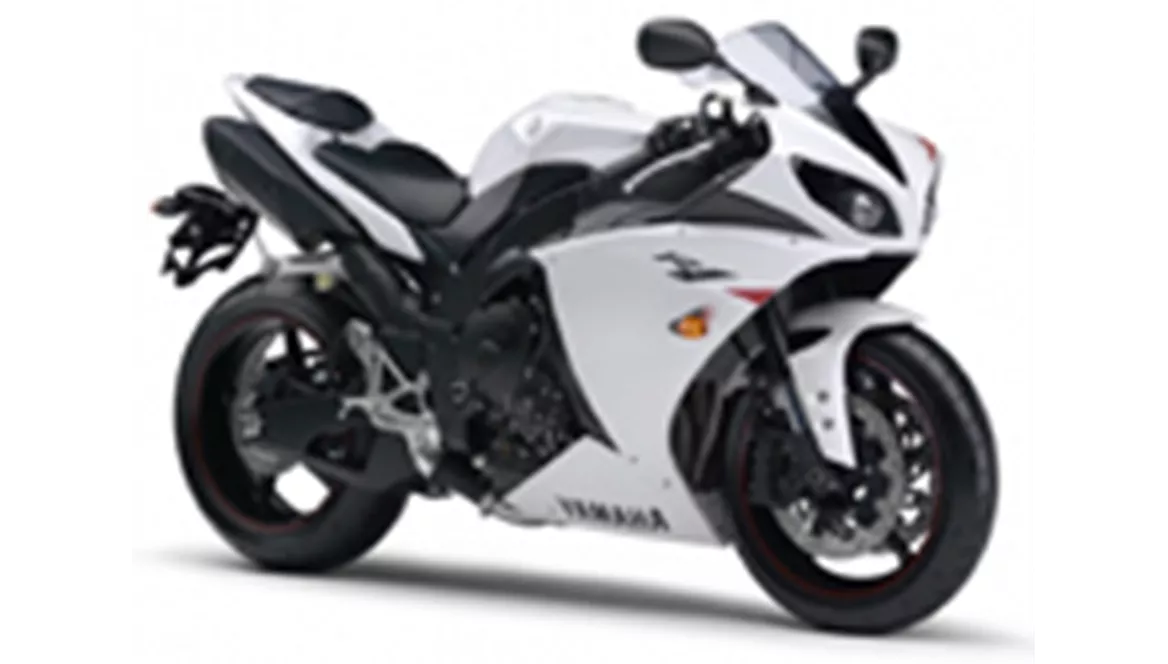
Yamaha R1 2010
Overview - Yamaha YZF-R6 2017 vs Yamaha R1 2010
The Yamaha YZF-R6 2017 and the Yamaha R1 2010 are both powerful and high-performance motorcycles, but they have some key differences in terms of specifications and strengths.
In terms of engine specifications, the Yamaha YZF-R6 2017 has a smaller engine with a bore of 67 mm and a stroke of 42.5 mm. It produces 124 horsepower and 65.7 Nm of torque. On the other hand, the Yamaha R1 2010 has a larger engine with a bore of 78 mm and a stroke of 52.2 mm. It delivers a higher power output of 181 horsepower and 115.5 Nm of torque. This makes the R1 2010 more powerful and suitable for riders who crave speed and performance.
Both motorcycles feature a 4-cylinder DOHC engine with 4 valves per cylinder. They also have upside-down telescopic fork front suspension and an aluminum Deltabox frame, which provides stability and precise handling.

Yamaha YZF-R6 2017
When it comes to braking, both models have double disk brakes at the front. This ensures strong and reliable stopping power, allowing riders to have confidence in their ability to control the motorcycle.
In terms of dimensions and weights, the Yamaha YZF-R6 2017 has a front tire width of 120 mm and a rear tire width of 180 mm. It has a wheelbase of 1375 mm and a seat height of 850 mm. The kerb weight of the YZF-R6 is 189 kg, and it has a fuel tank capacity of 17 liters. On the other hand, the Yamaha R1 2010 has a front tire width of 120 mm and a rear tire width of 190 mm. It has a slightly longer wheelbase of 1415 mm and a lower seat height of 835 mm. The kerb weight of the R1 2010 is higher at 206 kg, and it has a slightly larger fuel tank capacity of 18 liters.
In terms of strengths, the Yamaha YZF-R6 2017 is praised for its strong and direct brakes, sharp looks, automatic gearshift, good wind protection, precise handling, and high transparency. These features make it an attractive choice for riders who prioritize agility and control.
On the other hand, the Yamaha R1 2010 is known for its strong engine, sophisticated engine character, optimal braking system, and comfortable seating position. These qualities make it a suitable option for riders who value power and comfort.

Yamaha R1 2010
However, both motorcycles have their weaknesses. The Yamaha YZF-R6 2017 has a radical seating position that may not be suitable for long-distance touring. Additionally, its standard power output of 118.4 horsepower may not be enough for riders who crave maximum performance, and upgrading the power can be costly.
Similarly, the Yamaha R1 2010 has suboptimal suspension elements, which may affect the overall ride quality. It also has a lower peak power output compared to other high-performance motorcycles in its class, and the traction may not be as strong. Furthermore, the R1 2010 has a higher weight, which can impact maneuverability and agility.
In conclusion, the Yamaha YZF-R6 2017 and the Yamaha R1 2010 are both impressive motorcycles with their own set of strengths and weaknesses. The YZF-R6 2017 offers agility, precise handling, and good wind protection, while the R1 2010 provides a powerful engine and a comfortable seating position. Riders should consider their priorities and preferences to choose the motorcycle that best suits their needs.
Technical Specifications Yamaha YZF-R6 2017 compared to Yamaha R1 2010
Pros and Cons in comparison
Pros and Cons in comparison
Yamaha YZF-R6 2017
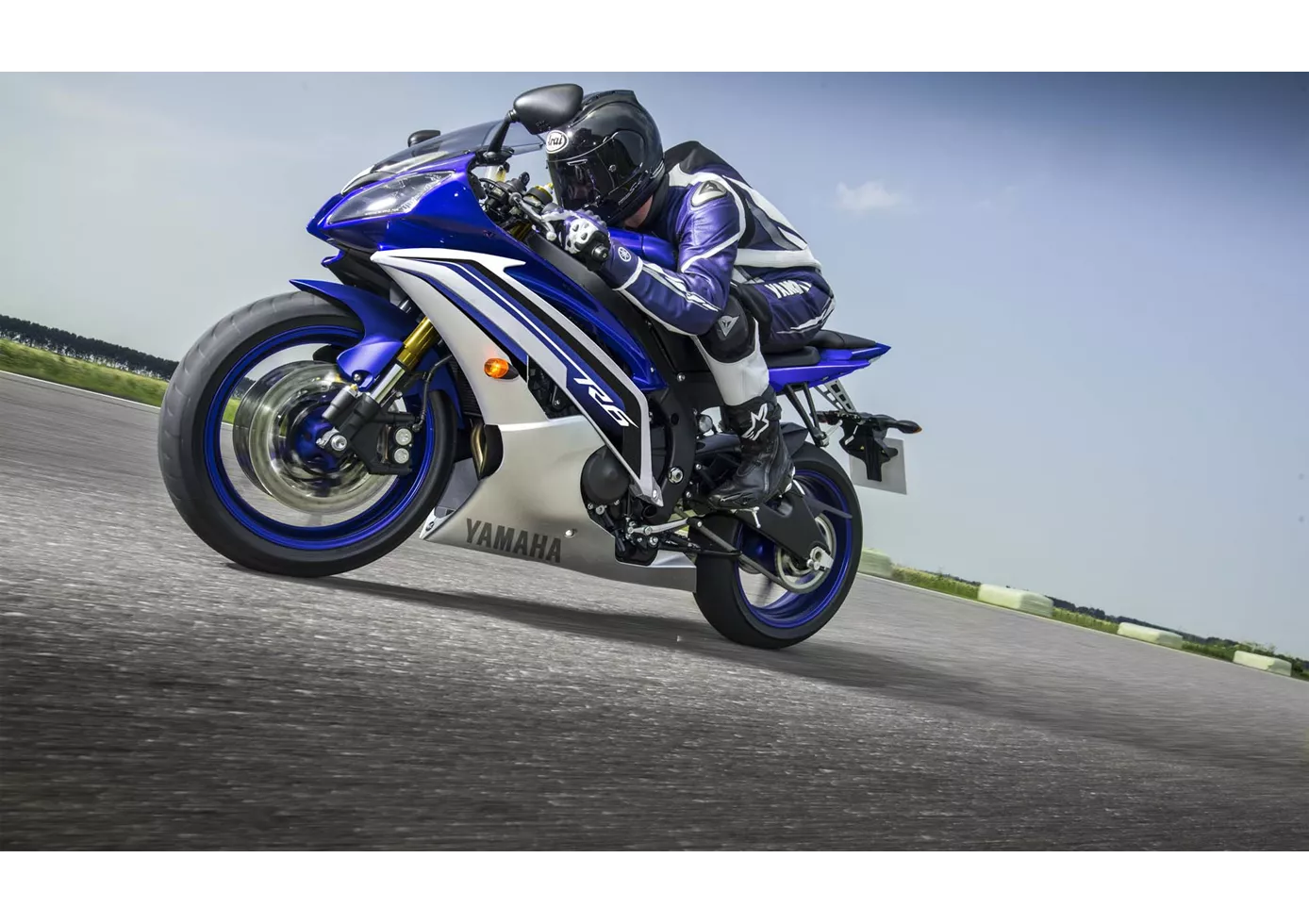
The Yamaha R6 2017 is still a visually and dynamically radical supersport motorbike that is one of the best and probably the last of its kind. The EURO4 standard costs the 599 cubic in-line four-cylinder with titanium valves a whole 11 hp compared to the 2007/2008 model. Yamaha is clearly targeting hobby, amateur and professional racers who don't care about standard performance anyway. With more than 50 accessories, the R6 can be upgraded according to need and budget. However, everyone should be aware that this can cost a lot of money.
Yamaha R1 2010
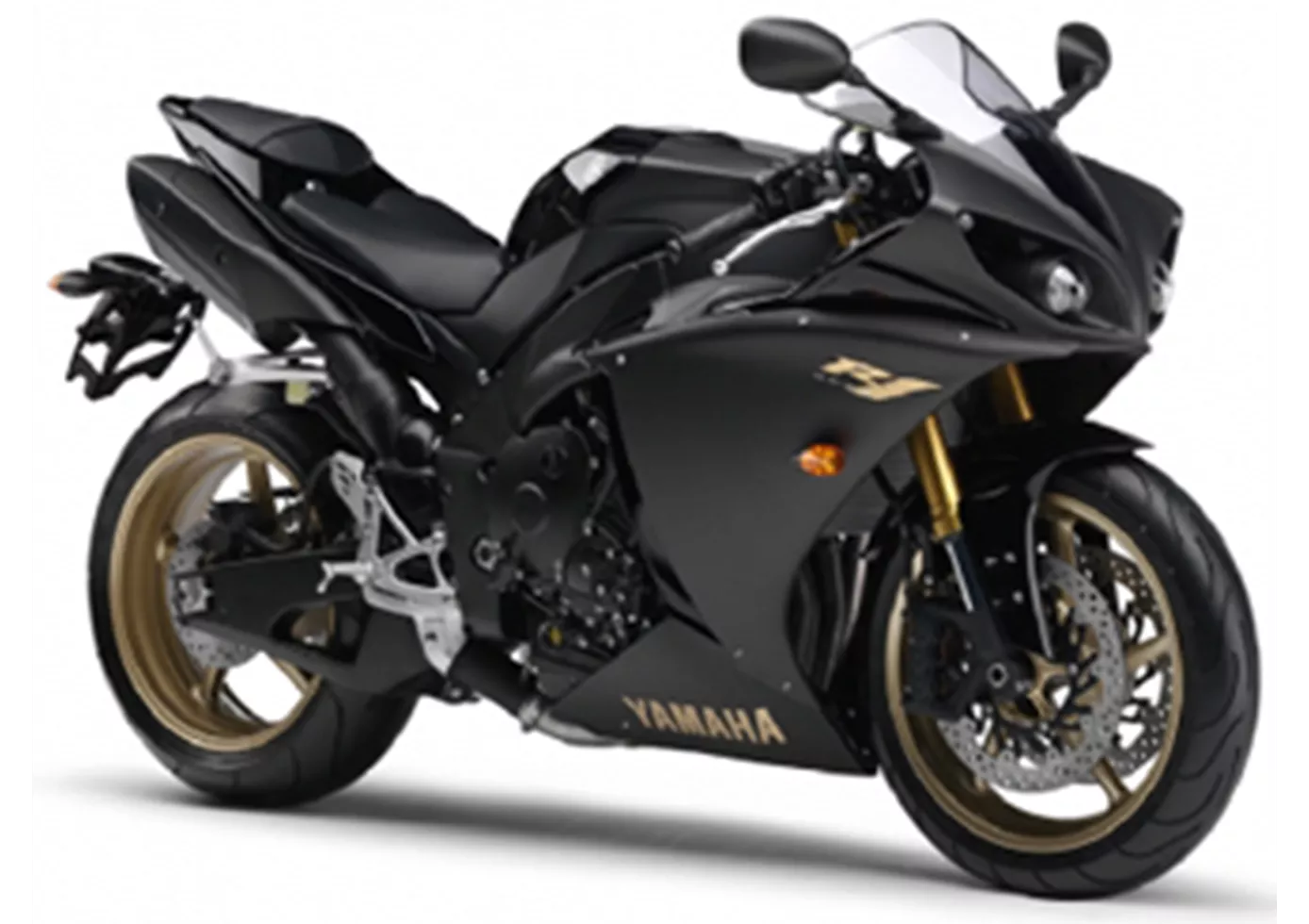
The current engine in the R1 scores points above all with its unmistakable sound, very transparent response and linear power delivery. In terms of peak power, however, Yamaha had to cut back a little.
Price Comparison Avarage Market Price Yamaha YZF-R6 vs Yamaha R1
There are a few key differences between a Yamaha YZF-R6 2017 and a Yamaha R1 2010. It takes less time to sell a Yamaha R1 with 53 days compared to 136 days for the Yamaha YZF-R6. Since model year 2005 1000PS.de editors have written 33 reviews for the Yamaha YZF-R6 and 80 reviews for the Yamaha R1 since model year 2005. The first review for the Yamaha YZF-R6 was published on 17/10/2002 and now has more than 3,600 views. This compares to more than 3,900 views for the first review on Yamaha R1 published on 28/04/2003.
